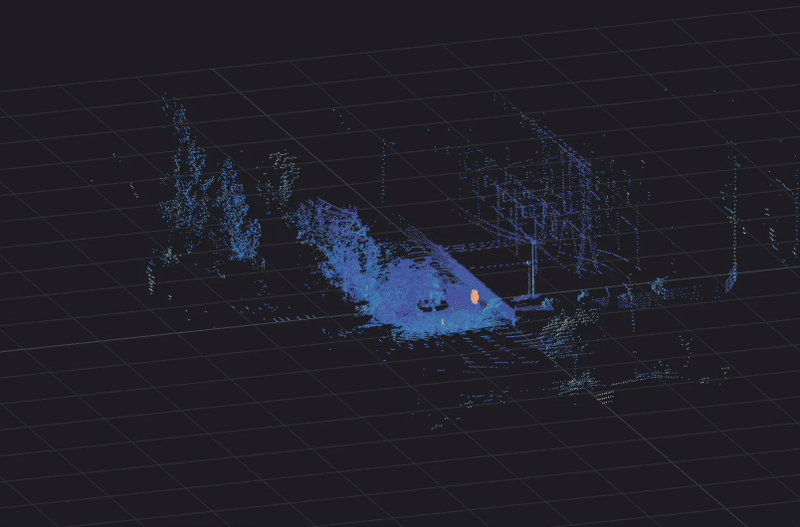The ultimate test: performance in harsh ocean environments
Few environments are as challenging as the open seas. Rough conditions including large waves, brine, intense sun, wind, fog, and obviously, water exposure are just some of the obstacles to overcome in data collection and mapping on open bodies of water. It is truly an unforgiving, ‘sink or float,’ environment. The good news is that if lidar can reliably perform here, it’s a good bet it will reliably perform almost anywhere and Ouster’s digital lidar, as an integral component of Seafloor System’s newest autonomous near shore vessel, has proven just that.
Reliable data collection with Seafloor Systems and digital lidar
Seafloor Systems uses Ouster’s digital lidar for data collection needs across various bodies of water. Their applications range from mapping lakes, rivers, and seabeds to deploying unmanned vessels to monitor aqueduct systems for anomalies and environmental irregularities. In the California Delta, for example, Seafloor’s vessels study the effects of salt water infiltration on native flora and fauna.
The Hydrocat-180, Seafloor System’s latest uncrewed surface vessel, employs Ouster’s OS1, allowing reliable autonomous navigation of the vehicle as it completes nearshore hydrographic survey data missions. One of the Hydrocat 180’s first missions includes a deployment with Technovia and the Malaysian Navy to map near shore environments in order to reduce the likelihood of human navigation errors and collision.

Across these different environments, Seafloor relies on Ouster sensors for navigation, localization, and obstacle avoidance capabilities. A crucial factor in selecting Ouster was the durability and reliability of its OS sensor suite, which has been tested in a wide variety of real-world environments across use-cases. For Seafloor, a key differentiator is that Ouster sensors are being effectively deployed and used today, not just in R&D settings, but in real customer operations.
Engineering digital lidar for rugged environments
Ouster’s sensors are designed to the highest standards of reliability and robustness, including IP68/69K (protection against water ingress and dust) and automotive-grade shock and vibration specifications. They are also tested for up to 30,000 hours of continuous operations with an average product lifespan of over 100,000 hours. Additionally, Ouster’s simplified digital lidar architecture dramatically reduces the points of failure from thousands, as seen in analog lidar, to just two chips and one moving part. This inherent digital lidar advantage results in highly rugged and reliable lidar sensors.

Beyond durability
In order to provide measurable cost savings and increased efficiency through autonomous vehicle operation for their end-customers, Seafloor Systems needed to achieve several criteria, including industry-leading remote navigation capabilities and obstacle avoidance in order to reduce the risk of high-cost collisions with essential and expensive infrastructure. Ouster’s OS1 makes this possible.

In addition to the role of the durability and reliability of the OS sensor in enabling navigation and obstacle avoidance, Seafloor systems found appeal in Ouster’s pre-existing IMU integration as well as the ability to easily adapt future sensors to established usability stacks. Perhaps equally importantly, as a small team, pursuing these aims with an out-of-the-box ease of integration made choosing Ouster not only a good choice from an engineering perspective, but also from a planning and operations viewpoint. Ouster is proud to join Seafloor System’s on the open seas and look forward to our products getting beat up together.
To learn more about our integrations, connect with our experts!



